How To Scale a Single-Host PostgreSQL Database With Citus
Percona
NOVEMBER 3, 2023
Rather than listing the concepts, function calls, etc, available in Citus, which frankly is a bit boring, I’m going to explore scaling out a database system starting with a single host. In order to speed up the benchmark indexes must be added. The default number of shards generated for a given table is 32.




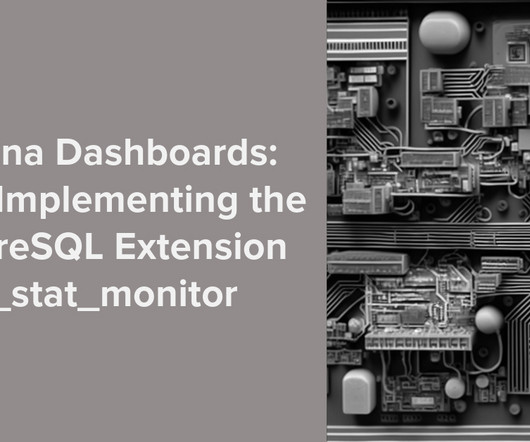






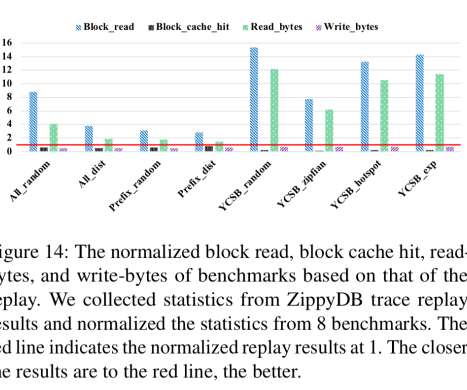




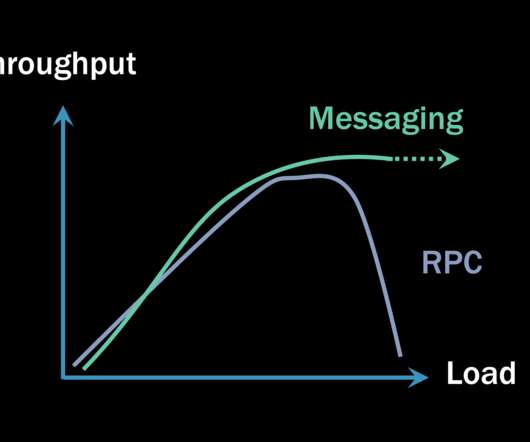



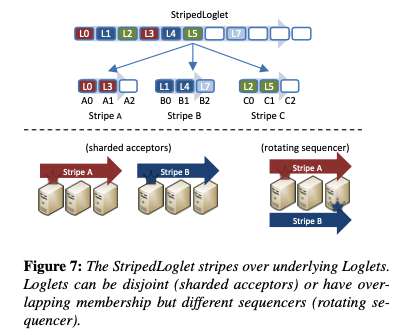



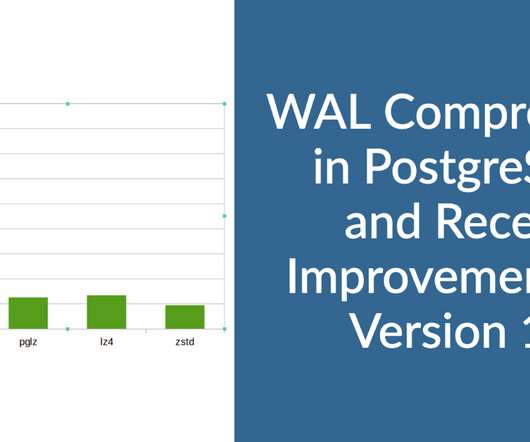




















Let's personalize your content